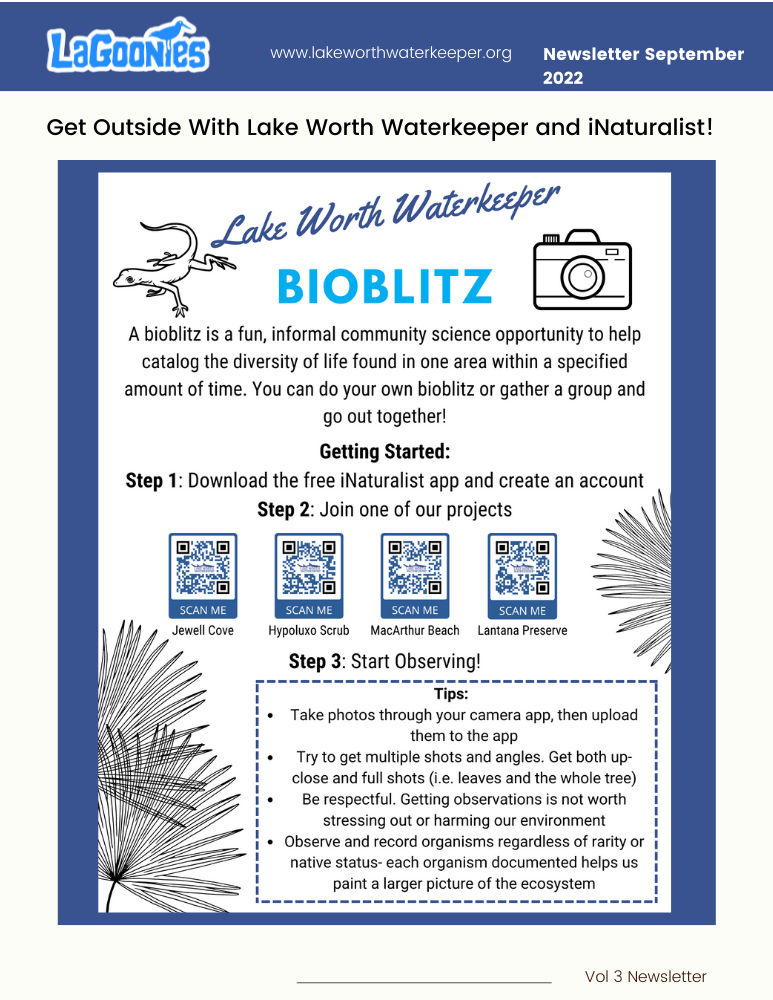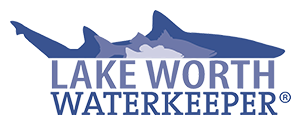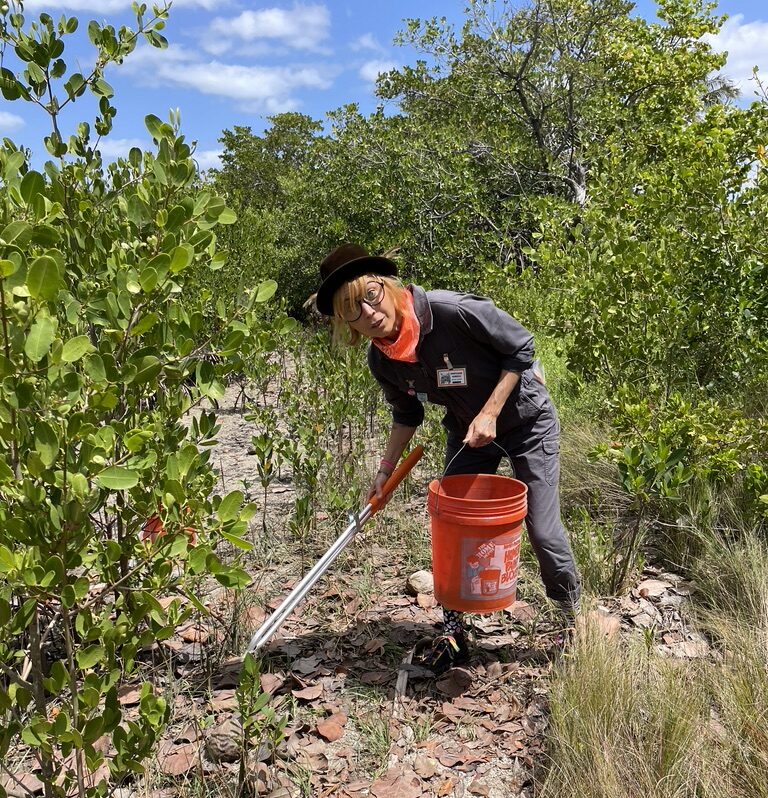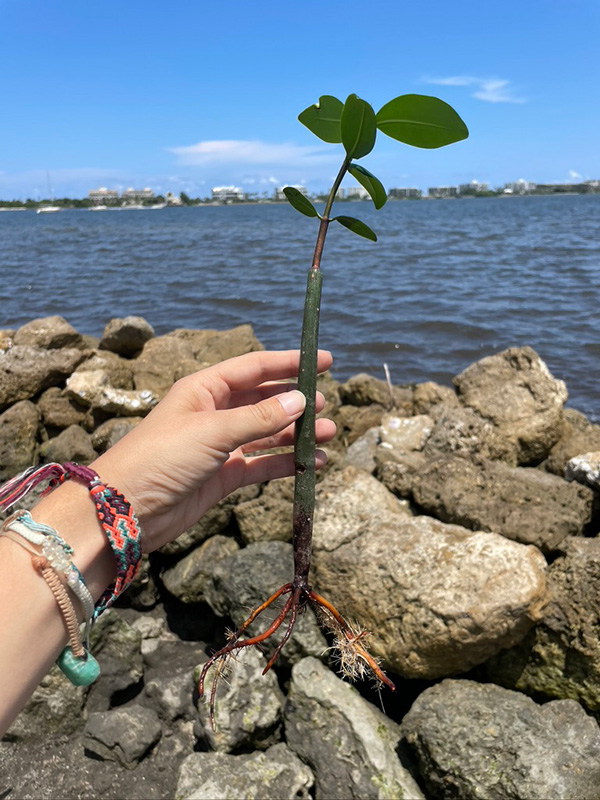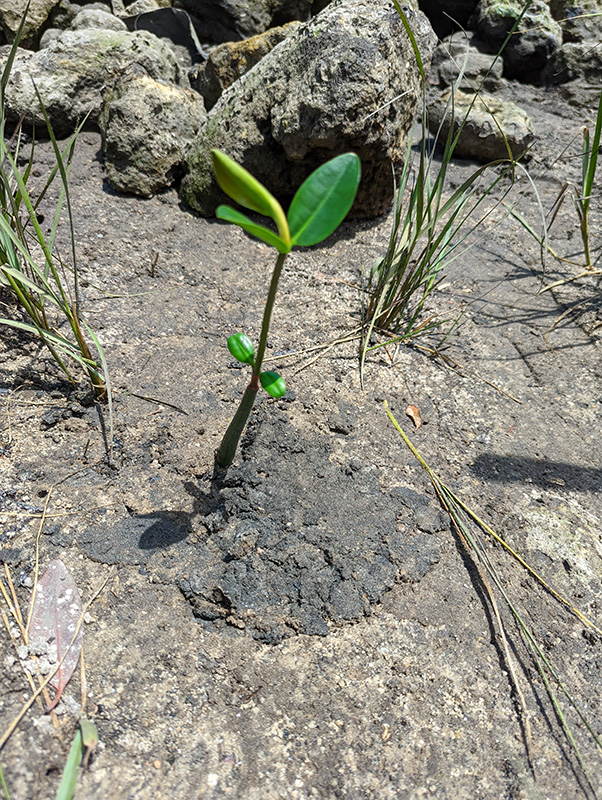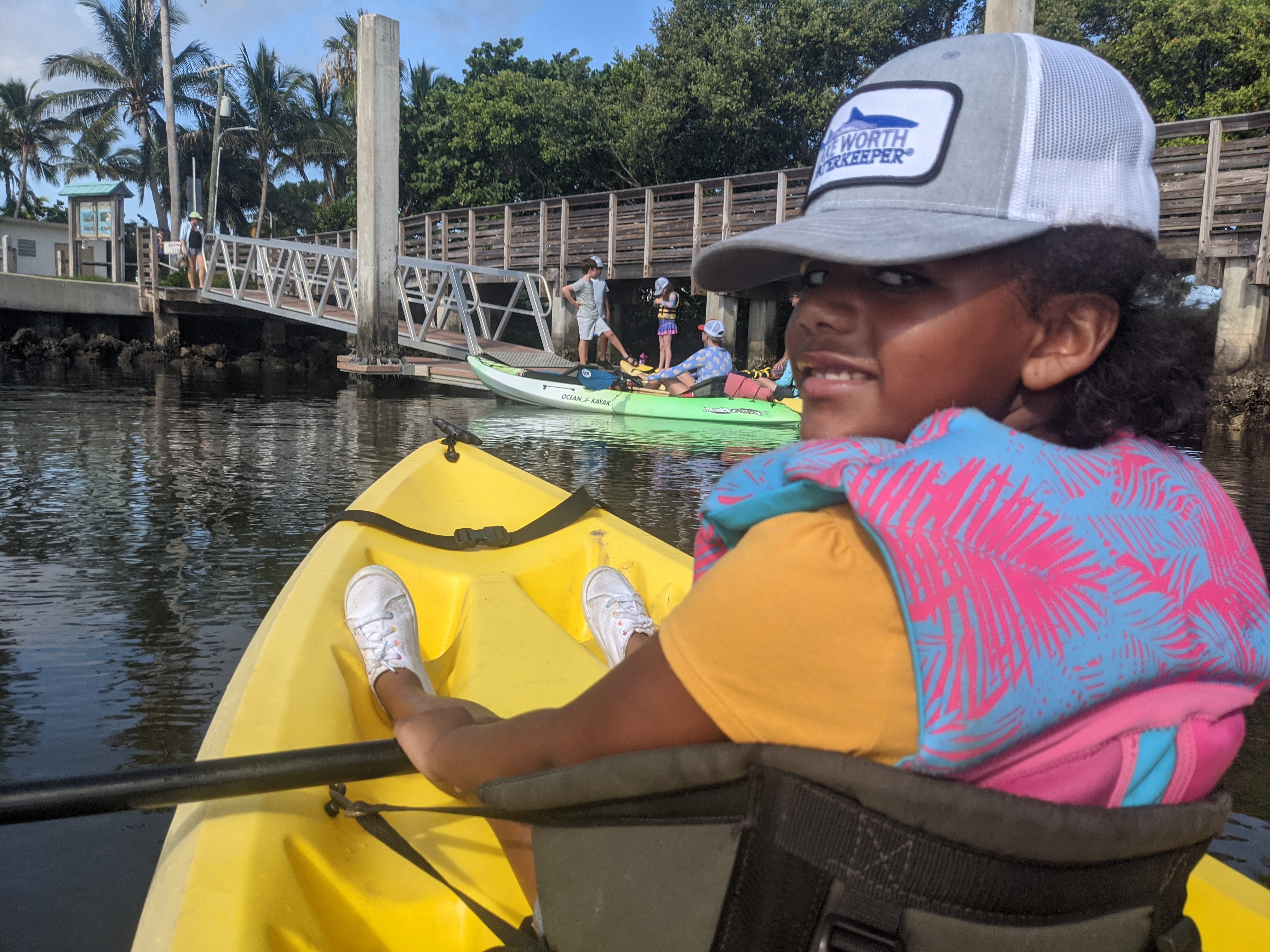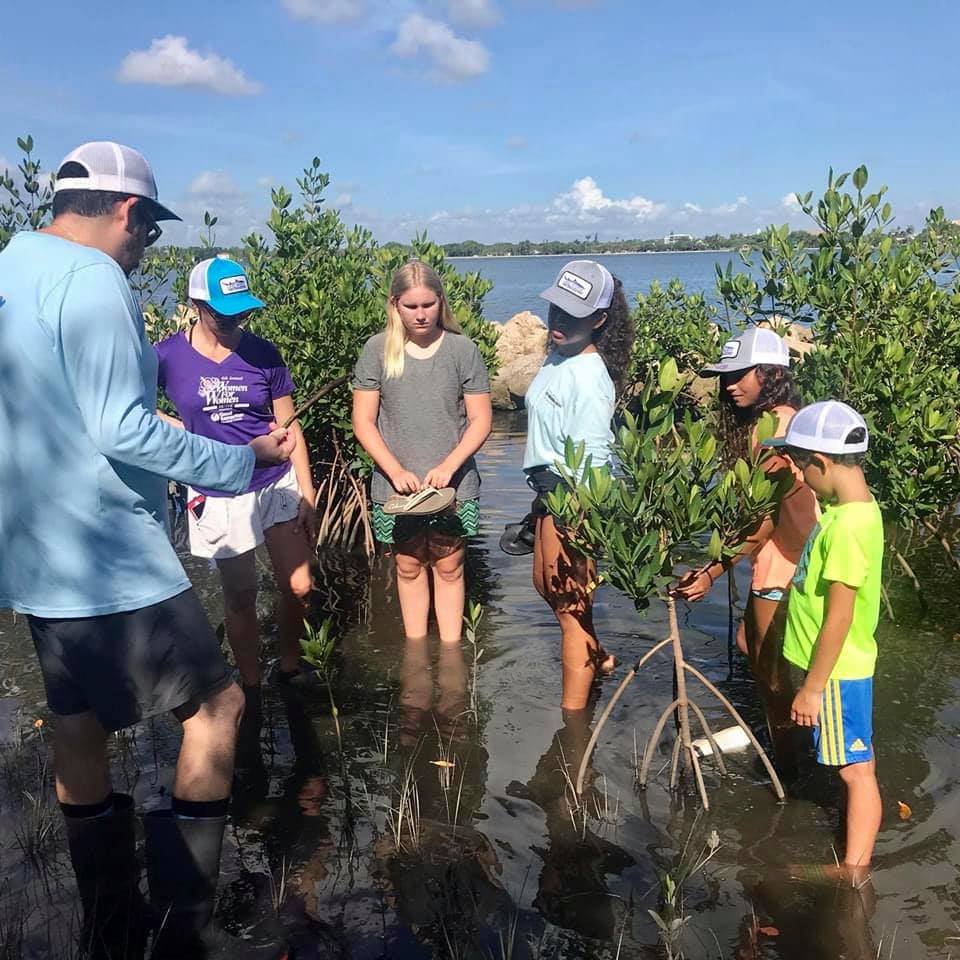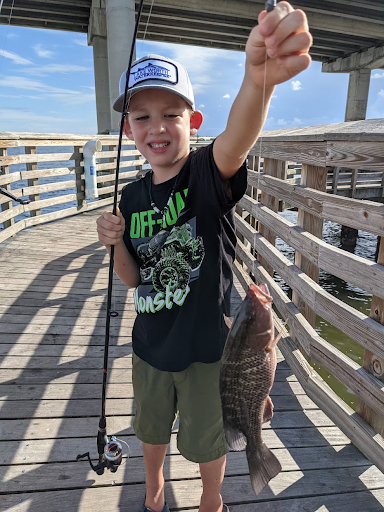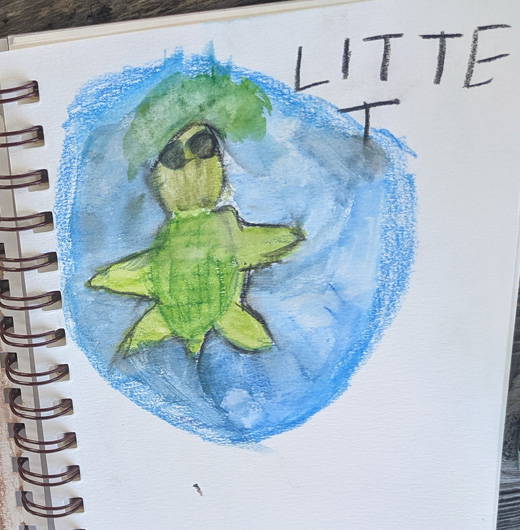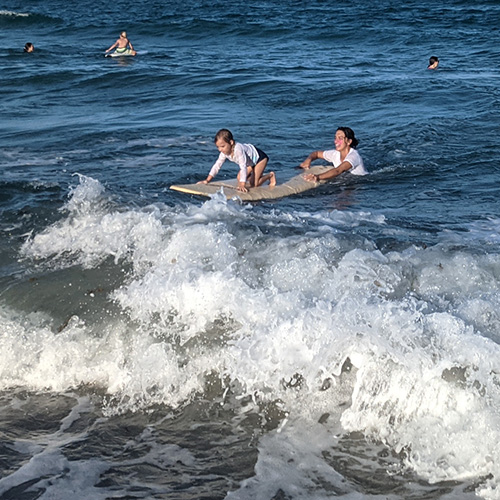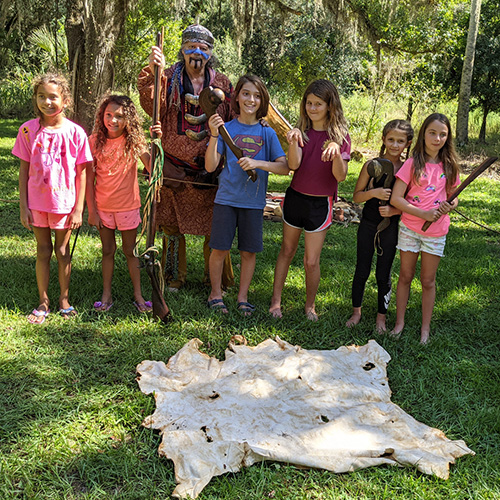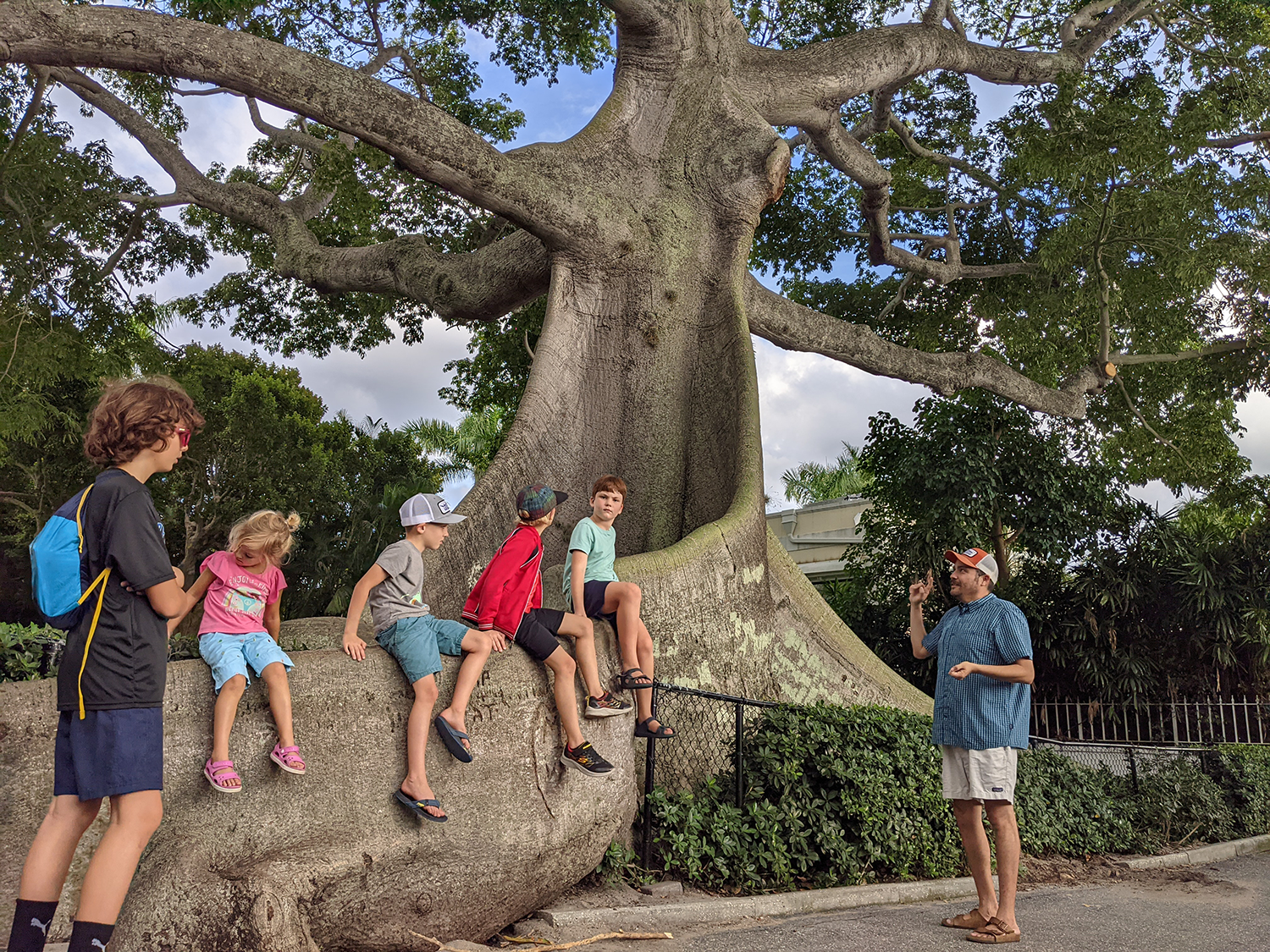
LaGoonies Newsletter September 2022
Building Connection and Community to our Watershed, Human and Non-human alike Through Intentional Education.

Newsletter September 2022
lakeworthwaterkeeper.org
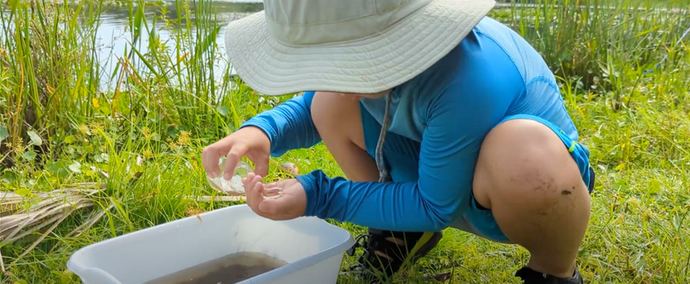

Partner Highlight
The Loxahatchee Battlefield Preservationists are long-time LaGoonies partners, joining us for both our regular LaGoonies sessions and our Summer Series. This dedicated group of volunteer re-enactors bring Florida’s unique and often overlooked history to life from a diverse array of perspectives. They offer several different programs and events for people interested in learning more about Florida History. Visit their website for more details here.
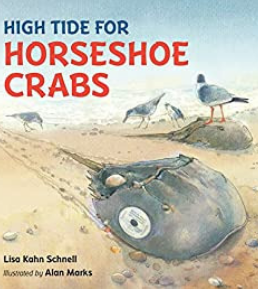

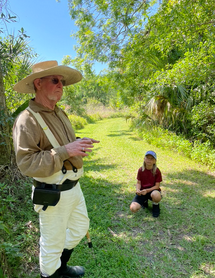

BOOK HIGHLIGHT
High Tide for Horseshoe Crabs by Lisa Kahn Schnell & Alan Marks
Learn about horseshoe crabs, their life cycle, and the important role they play in their ecosystems with this beautifully illustrated book. Every year thousands of horseshoe crabs arrive on Delaware beaches to spawn, and humans wait to tag and research them so they may better understand these mysterious creatures. We are starting a similar project here in Palm Beach County!
Summer Series Recap
This year’s Family Summer Series was full of great outdoor adventure and exploration! During our BioBlitz we catalogued some of the different and surprising species living at Jewell Cove. Our benthic sampling event at JPP was a hit as we explored shoreline vegetation for shrimp, snails, and more! We hosted a screening of ‘Hidden Wilds’ at the Lake Worth Playhouse, had a morning of Seminole storytelling with the Loxahatchee Battlefield Preservationists, and went on night hikes and morning kayaks! If you missed out on these events, never fear- we have lots of programs planned for the fall! Check out our website for more details! We hope to see you out there!
XO,
Melissa & Alex
What’s Happening Now in the Lagoon?
Hurricane Season
Named after the K’iche’ Mayan god Huracan (one-legged), also referred to as U Kʼux Kaj (Heart of the Sky) – Hurricane season runs from June 1-Nov. 30, usually peaking in mid-September. Formed in low pressure areas by warm wet air currents building over warm waters, these storms are a destructive but essential part of our coastal ecosystems. Hurricanes have the power to not only physically shape our environment, but also the plant and animal communities that live there. They recharge our aquifers by providing an influx of fresh water from the rain, and the waves and storm surges deposit much needed nutrients and sediment into our coastal habitats.


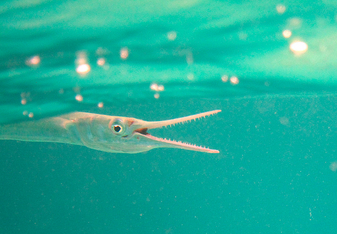

Sea Turtle Nesting Season
Three different species of sea turtles can be found nesting along our beaches in Palm Beach County. While the main event happens beach-side, juvenile green sea turtles flock to our protected Lagoon to graze on our sea grass beds!
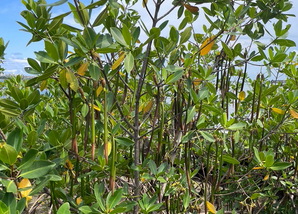

Baby Needlefish
Atlantic needlefish spawning typically takes place in May and June, which makes the summer months a good time to spot the little cuties wiggling their way around the surface of the Lagoon. Look for them closer to shore, where they’re not as vulnerable to predators.
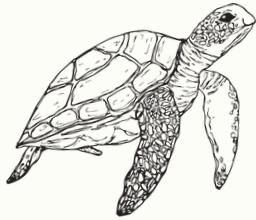

Did you know?
The Red Mangrove has a very unique life cycle. Instead of starting life as a seed, red mangroves produce live young- they are a viviparous tree! These already germinated, mini mangroves- called propagules- drop off the mature tree and drift off in the currents, ready to root wherever they find a good spot. On our most recent mangrove maintenance day, we planted young mangrove propagules AND we got to see trees we planted years ago producing propagules of their own! The cycle continues….
Upcoming Adventures
Base Camp Programs
This summer LWWK achieved a long-time dream by opening our very first education space, which we call Base Camp. We are looking forward to using this space to host classes, workshops, community events, and so much more! We’ve been busy packing our events calendar so make sure to keep an eye on our social media and website for updates!
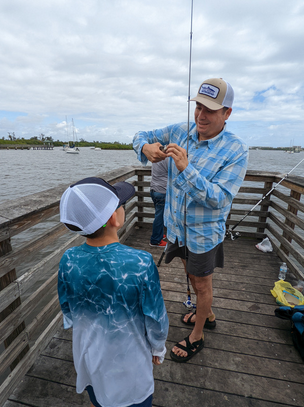

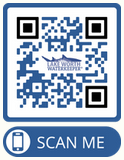

VISIT OUR WEBSITE FOR MORE DETAILS OR TO SIGN UP!


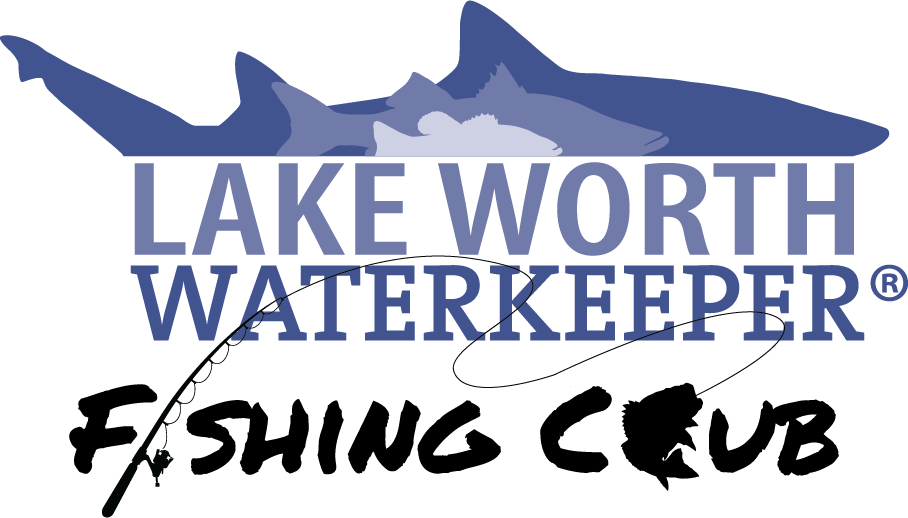

Every 4th Saturday Morning
Annual Club Dues:
LaGoonie Alum – $25
Non-LaGoonie – $50
Year-long ExEd Program
This year-long enrichment program focuses on the earth and our place in it. We focus on building knowledge and skills so youth may grow into stewards of their community and, by proxy, contributing members of larger global communities of both human and nonhuman alike.



Private Sessions
If you have between 5 to 10 kids you can start your own LaGoonies group! Your group will be able to pick your own time and day slot that works best for you. The private groups are available for our 10-week sessions or labs! Email melissa.l@lakeworthwaterkeeper.org for more information!


LaGoonies 10 Week Fall Sessions
Lake Worth
Tuesdays 10am-12pm; 3-5pm
(September 13th – November 15th)
Jupiter
Thursdays 3-5pm
(September 15th – November 17th)
Attention parents and educators!
This summer the Lake Worth Waterkeeper staff is working hard to create more educational resources for you to use at home and in your classrooms. Learning Resource bins will be available to sign out to learn more about our watershed and our staff will be available for what we are calling ‘labs” which are in-depth lessons for middle school ages kids. Look out for those in the fall!
Activities
Get Involved.
One of the Lake Worth Waterkeeper’s, and by extension, LaGoonies’, main tenants is that we all have a part to play in protecting our environment. Life in South Florida revolves around water, and it is our responsibility to protect that water and all who rely on it. If you want to support a watershed effort to protect our waterways, consider coming out to one of our clean up days. We have them twice a month rotating between Jewell-Steinhardt Cove and Bryant Park. Those who need service or volunteers hours are welcome and on some days we will have Professor Screech to help us learn more about that environment!
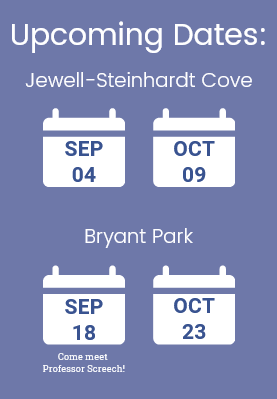

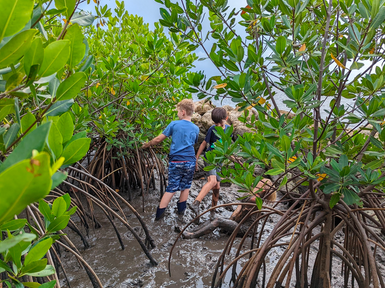

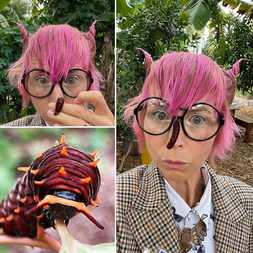



Get Outside With Lake Worth Waterkeeper and iNaturalist!
